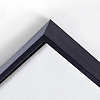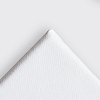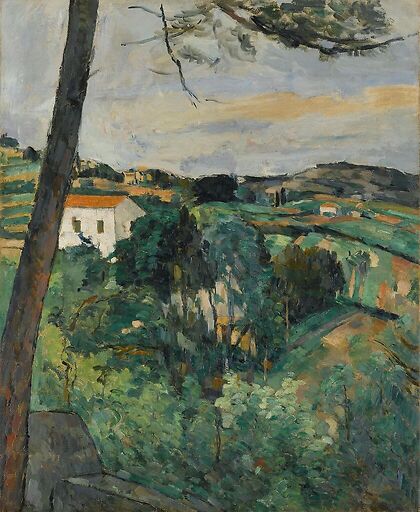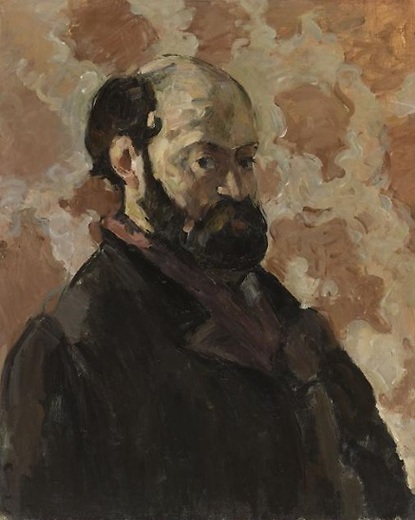Pine tree at L'Estaque or Landscape with red roof (acrylic panels)
Print type
Acrylic PanelsAcrylic Panels
The reproduction is printed on FineArt Satin Paper and then encapsulated between a 3mm Dibond backing and a 2mm acrylic layer. This product offers a greater sense of depth and volume due to 'encapsulation'. FineArt Giclée digital printing is commonly used for the reproduction of works of art. It offers a very high durability thanks to the use of materials and inks based on natural pigments highly resistant to light and museum conservation.
Eco-responsible and recyclable
Product ready to hang, supplied with a wall hanging system Enhancement of colors, contrast and details of the work
Optimal print quality and glossy finishes
Easy to clean


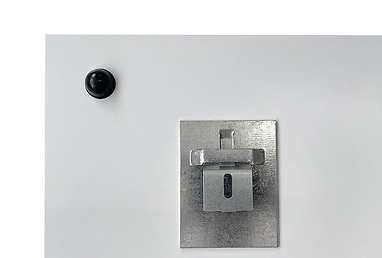
About the Artwork
Pine tree at L'Estaque or Landscape with red roof
Original work by: Cézanne, Paul Original height: 73.00 cm Original width: 60.00 cm Period: 19e siècle, période contemporaine de 1789 à 1914 Technic: huile sur toile Cézanne Paul - Paysage au toit rouge ou le pin d'Estaque - huile sur toile © RMN-Grand Palais (musée de l'Orangerie)



